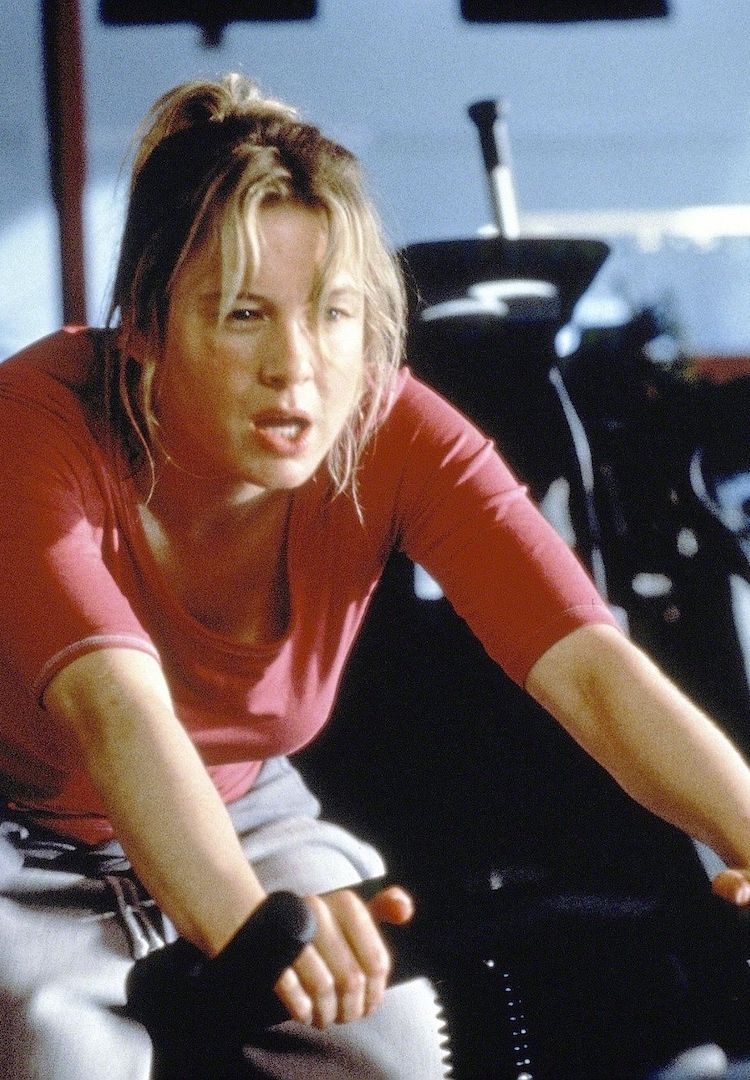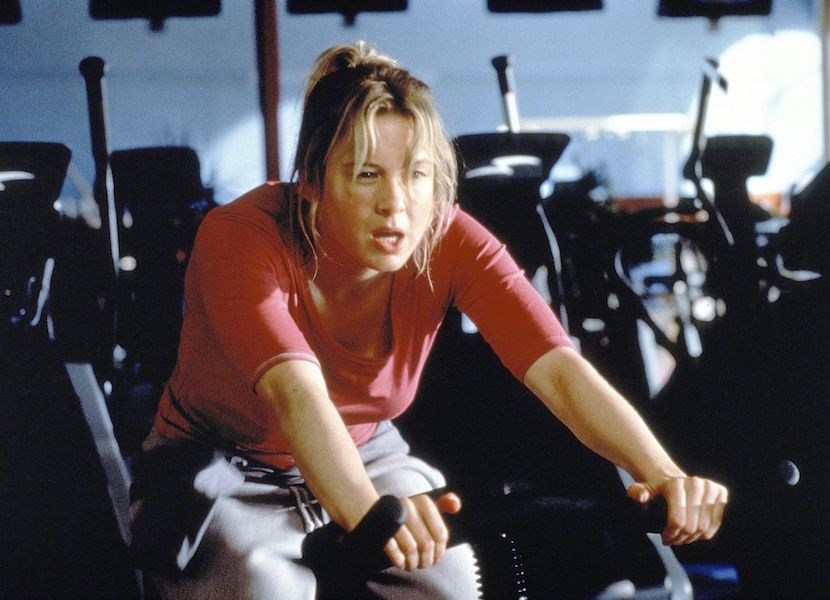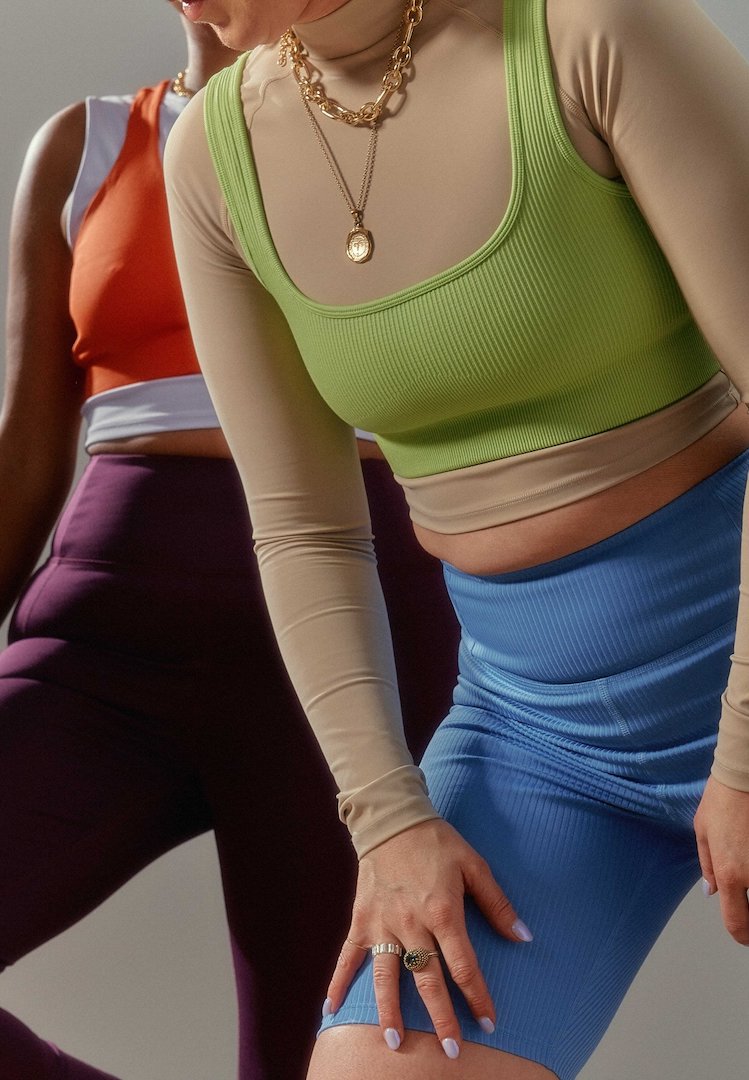Will active meditation save me from myself?
Words by Hannah Cole
Zen out.
Two voices in this world might save me: those of Andy Puddicombe (co-founder of Headspace) and Coach Bennett (Nike’s Global Coach). The pair have been trickling mindful thoughts and meditations into my ears thanks to the Nike Run Club app.
I was once a staunch anti-runner living in fear of the pavement pound. As cheesy as it sounds, with friendly and encouraging voices behind me, I have overcome this. Thanks to their collective musings, I’ve become a weekly treadmill jogger. Even more, I’ve learnt a thing or two about meditation. Yes, I’ve started *meditating* while running.
The concept seems counterintuitive when you consider the loss of breath and stress of muscles that running induces. “How could a painful activity encourage mindfulness and meditation?” I hear you ask, and it’s a great question.
Supposedly, ‘active meditation’ is the genius of Bhagwan Shree Rajneesh (yes, that Rajneesh of Wild Wild Country). Don’t let his controversial past put you off; his ideas are aligned with modern-day propriety.
In a nutshell, active meditation endeavours to bring oneself into the body – as opposed to into the mind, which occurs in regular meditation. Over-thinkers with an active imagination and full to-do lists, rejoice! By focusing on the body and its senses, the mind is less prone to wandering and related distress. We are no longer side-lined by self-care gurus spruiking daily 15-minute meditations; our gateway to ~chill~ is here.
Truthfully, the practice doesn’t have to be complicated or even that intentional. It can easily be integrated into daily life through everyday tasks. Take the morning commute, for example. While the public are staring cross-eyed at their screens, allow yourself to simply stand up, feel the bumpy ride beneath your feet and slow down. Tap into the swaying movement of the carriage, your breathing, or the muffled sounds around you. Pay attention to the moment and come back to the five senses every time your mind starts to wander.
The same principle can be applied in almost every activity: washing the dishes, brushing your teeth, showering, crafting.
For me, exercise is my go-to — the distraction of a pounding body and exhaustion prompt mindfulness I’ve never previously experienced. I feel a little bit freer; I can breathe a little easier (once the pain has subsided).
Journalist/author/amateur-runner, Bella Mackie, is in the same boat. She delved into the mind-altering effects of running following the breakdown of her marriage, having refused the exercise prior.
“When I ran I didn’t feel quite so sad,” she says of her anxious thoughts. “My mind would quieten down; some part of my brain seemed to switch off, or at least cede control for a few minutes.”
When practising active meditation, exercise becomes not only a form of fitness but a mental break. By using our bodies and concentrating on the senses – the swing of the arms, thumping feet, gasping – draws us away from our inner turmoil. Our minds are allowed to rest.
“When you run, your body takes your brain along for the ride. Your mind is no longer in the driving seat,” Bella writes.
If running isn’t your jam, but an active outlet sounds appealing, I recommend swimming.
My research led me to realise that, technically, I’ve been practising active meditation for years. My weekend lap swim has been driven by counting, counting, counting the many strokes and shutting off the mind.
There are Sundays when my body is sore, but I know a trip to the pool is necessary to calm me down. Immersing myself in water is utterly life changing. It’s almost magical to hear the bubbles of your breath popping and feel the cool of the water against your skin. Once I’ve zoned out and released, I’m more than ready to tackle the issues waiting for me on the outside.
We don’t have to find a quiet place and dig into the trenches of the mind; all it takes is an injection of intentional mindfulness in the everyday.
Even washing the dishes is looking far more appealing now.










